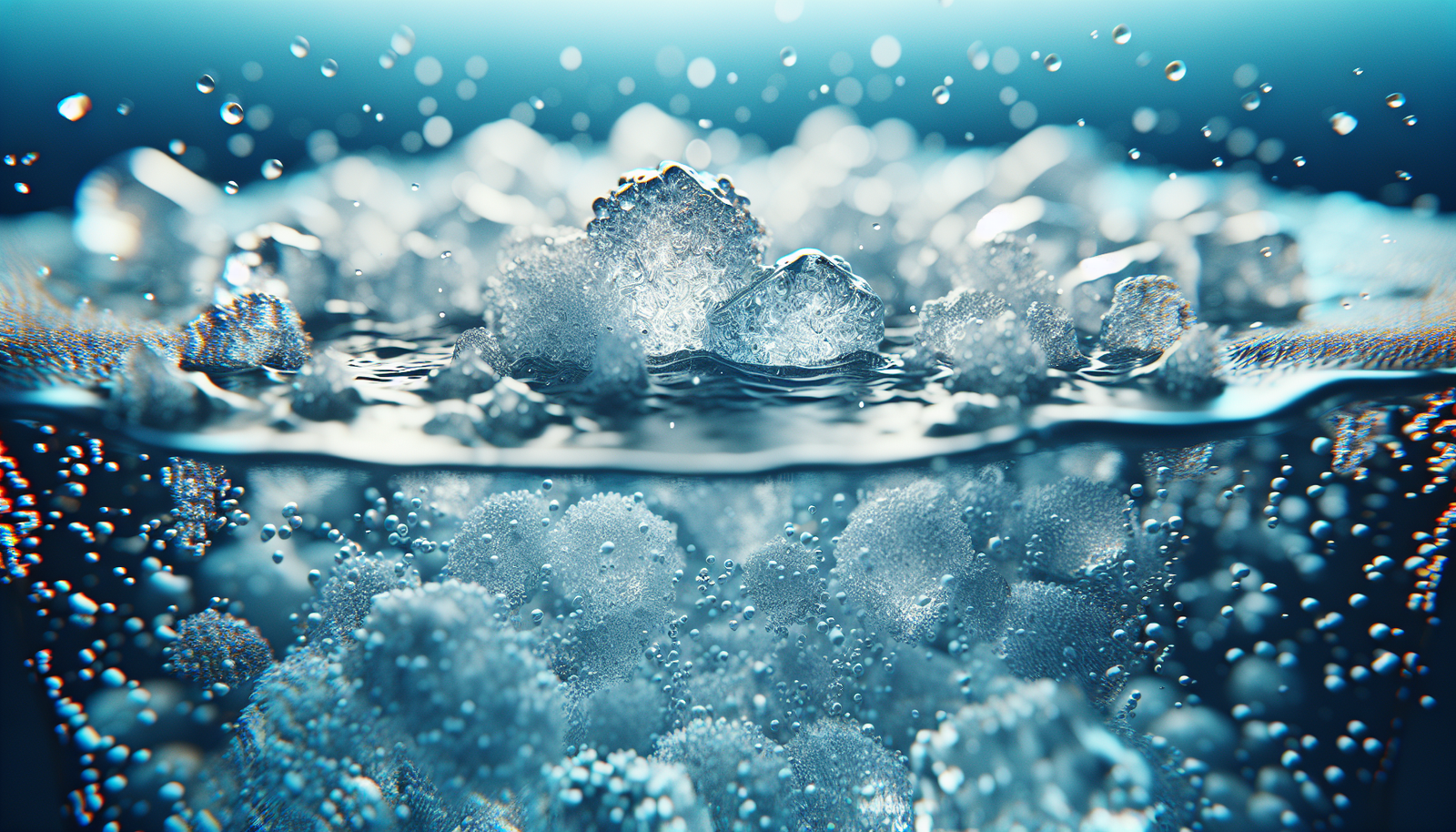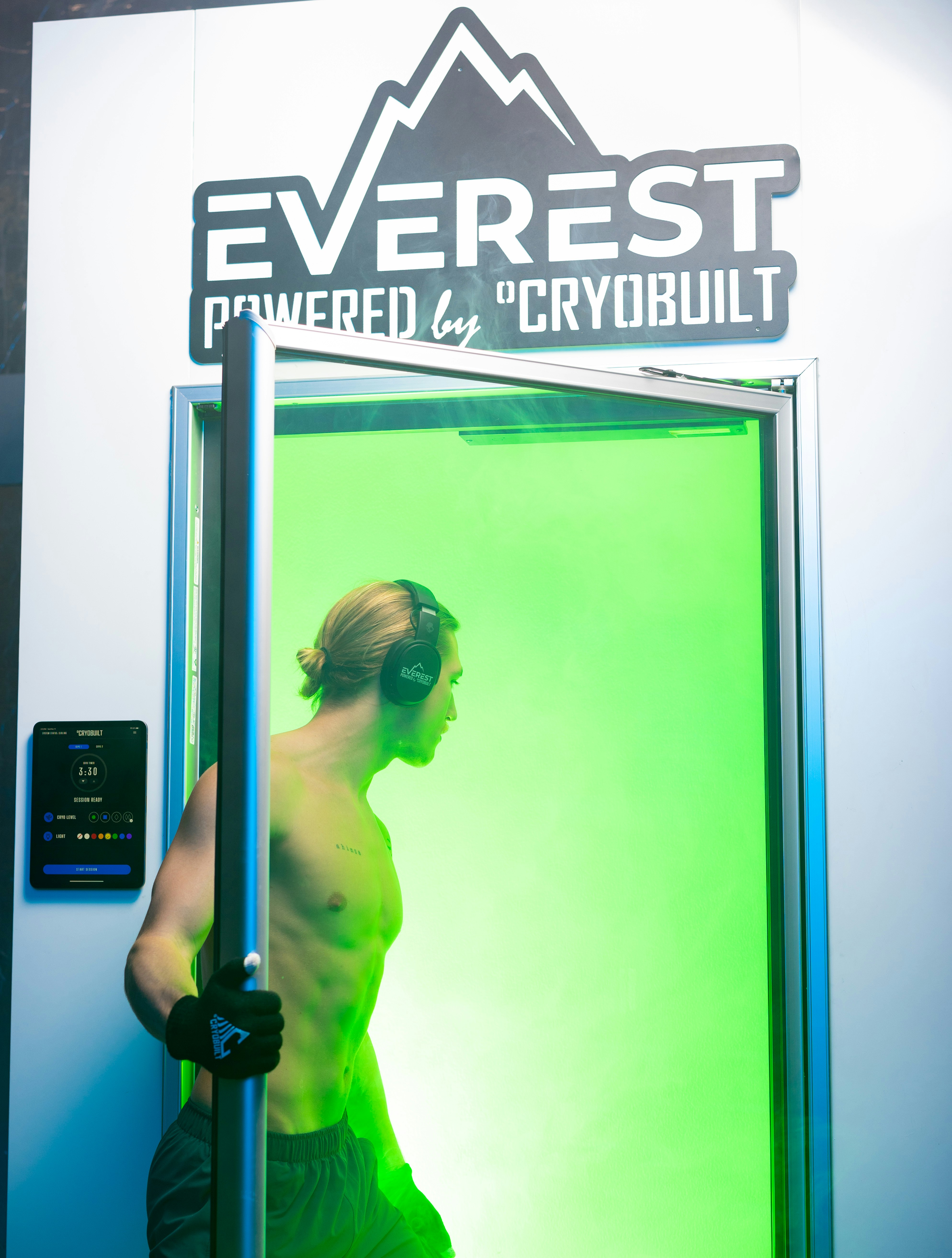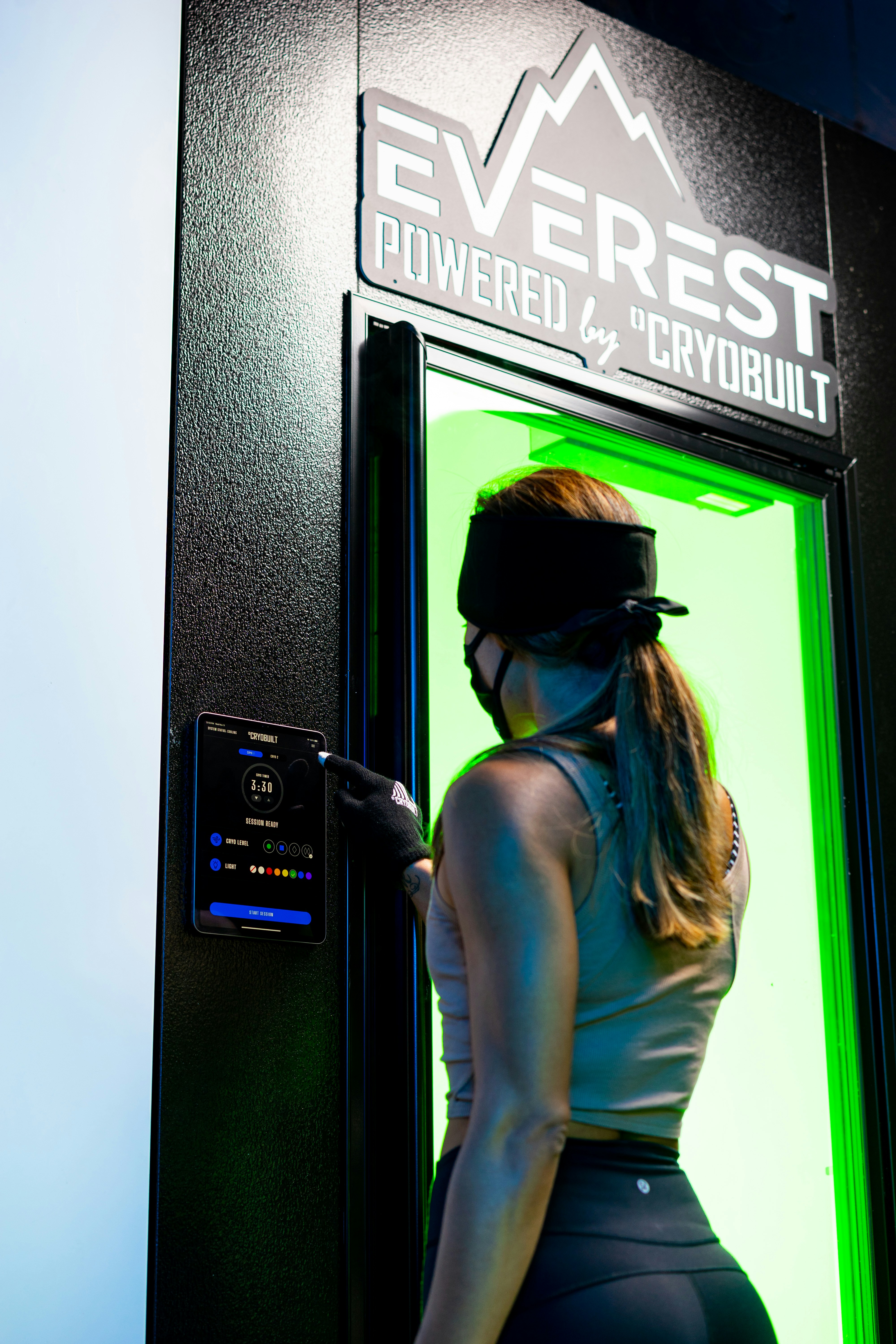Have you ever wondered why elite athletes and fitness enthusiasts often end their grueling workouts by plunging into icy cold water? While this might seem like an extreme way to unwind, there’s a fascinating science unfolding here. Cold plunges, often referred to as ice baths or cold water immersion, have garnered attention for their potential to boost physical performance. And with each shiver and gasp, your body might just be unlocking new realms of recovery and resilience.
Understanding Cold Plunges
Cold plunges involve immersing the body in cold water, usually ranging from 50 to 59 degrees Fahrenheit (10 to 15 degrees Celsius), typically for about 10 to 15 minutes. The aim is to harness the cold to facilitate various physiological benefits. Let’s unravel this process together.
The Basics of Thermodynamics
The fundamental science behind cold plunges relies on thermodynamics. When you immerse in cold water, your body experiences a rapid drop in temperature. This triggers several physiological responses designed to maintain core temperature, primarily through vasoconstriction, where blood vessels constrict to preserve heat. As blood circulation redirects to your core, internal organs receive a momentary boost that can revitalize and energize.
Why Temperature Matters
In the realm of cold immersion, even a few degrees can make a significant difference. Temperatures cooler than 50°F can cause an uncomfortable shock rather than therapeutic benefits. Conversely, anything warmer might not provide the desired physiological responses. Thus, ensuring the temperature is just right is key to reaping the benefits.
The Science of Physical Performance Enhancement
Cold plunges are believed to aid physical performance in several ways. At the core of these benefits are processes that promote recovery, reduce inflammation, and enhance mental fortitude.
Reduction of Muscle Soreness
Perhaps you’ve heard of DOMS, or Delayed Onset Muscle Soreness. It’s that familiar ache you feel after an intense workout. Cold immersion can help reduce the severity of DOMS by numbing the nerve endings, reducing pain, and slowing down the process that leads to soreness, allowing quicker recovery. By directing blood flow inward, cold plunges help to flush out waste products of metabolism, which speeds up the recovery of muscles for your next workout.
Inflammation Control
Another significant advantage is inflammation control. After you exercise, inflammation is a natural response that aids in repairing tissues. However, chronic inflammation or excessive swelling can be detrimental. Cold water immersion helps keep inflammation in check, acting as a natural anti-inflammatory, allowing you to bounce back from taxing workouts without long-term detrimental effects.
Hormonal Bounce
Did you know that cold plunges can also influence your hormones? A quick dip can stimulate the release of endorphins, often dubbed “feel-good” hormones. Additionally, immersing in cold water can elevate testosterone levels, which are vital for muscle growth and recovery, especially crucial in the context of optimized bodily performance.
Mental Resilience and Cold Plunges
Beyond the tangible physical benefits, cold plunges offer profound psychological advantages. The mere act of enduring an ice-cold plunge can bolster mental toughness, a crucial aspect of peak performance.
Boost in Mood and Mental Clarity
The sudden temperature shift induces the release of norepinephrine, which can enhance mood, focus, and mental clarity. So, not only are you building better muscles, but you’re also sharpening your mindset, equipping you mentally for future challenges.
Building Emotional Resilience
Regularly engaging in cold immersion can boost emotional stamina. As you learn to withstand the cold, you’re essentially practicing stress management. This translates into improved tolerance to everyday stresses and anxieties, creating a balanced, calmer you.
How Cold Plunges Stack Up Against Other Recovery Methods
Curious about how cold plunges compare to other recovery techniques? Let’s map it out!
| Recovery Technique | Pros | Cons |
|---|---|---|
| Cold Plunges | Reduces muscle soreness; Controls inflammation; Boosts mental resilience | Initial shock; Requires self-discipline |
| Foam Rolling | Increases flexibility; Improves circulation | Can be painful without proper technique |
| Compression Garments | Reduces swelling; Enhances blood flow | May feel restrictive; Limited research |
| Massage Therapy | Relieves tension; Promotes relaxation | Can be costly; Time-consuming |
| Heat Therapy | Relaxes tight muscles; Increases blood flow | Might not be suitable for acute injuries |
It’s evident that each method has its unique upsides. Cold plunges remain a favored choice for those seeking both physical and mental fortification.
Practical Tips for Cold Plunges
Ready to give cold plunges a try? Here’s how you can optimize this exhilarating experience.
Preparing for Your Plunge
Start with a thorough warm-up. Engaging in light exercise assists in keeping your muscles warm and helps mitigate the shock of cold immersion. Visualize the experience as a positive, rewarding challenge; it’s half the battle won.
Gradual Acclimatization
If you’re new to cold plunges, begin with shorter durations. Aim to stay submerged for 2-3 minutes initially. As your comfort level rises, gradually extend your time in the cold water. Pay attention to your body’s signals—it’s essential.
Post-Plunge Rituals
After your plunge, spend time warming up gradually rather than rapidly heating your body. This allows for a smoother transition, maintaining circulation benefits. Warm clothing, gentle stretching, and sipping a warm beverage are simple yet effective ways to reheat.
Safety Concerns and Considerations
Cold plunges may not be suitable for everyone. Individuals with heart conditions, respiratory issues, or compromised immune systems should consult a healthcare provider before incorporating cold immersions into their regimen.
Beware of Hypothermia
Prolonged exposure to cold water can lead to hypothermia, a serious reduction in body temperature. Recognize early symptoms, such as shivering, intense fatigue, or confusion, and take appropriate measures immediately by warming up.

Conclusion: Embrace the Chill for Optimal Gains
Stepping into an icy bath might seem daunting at first, yet the potential gains of cold plunging are too significant to ignore. By aiding recovery, controlling inflammation, and boosting mental resilience, cold plunges hold the promise of elevating your physical performance and mental fortitude. So the next time you see a tub filled with icy water, think of it as an opportunity to cultivate a more robust, resilient you, armed with science as your guide.
Now it’s your turn. Have you taken the plunge? The waters might be icy, but the potential benefits are worth the chill.




